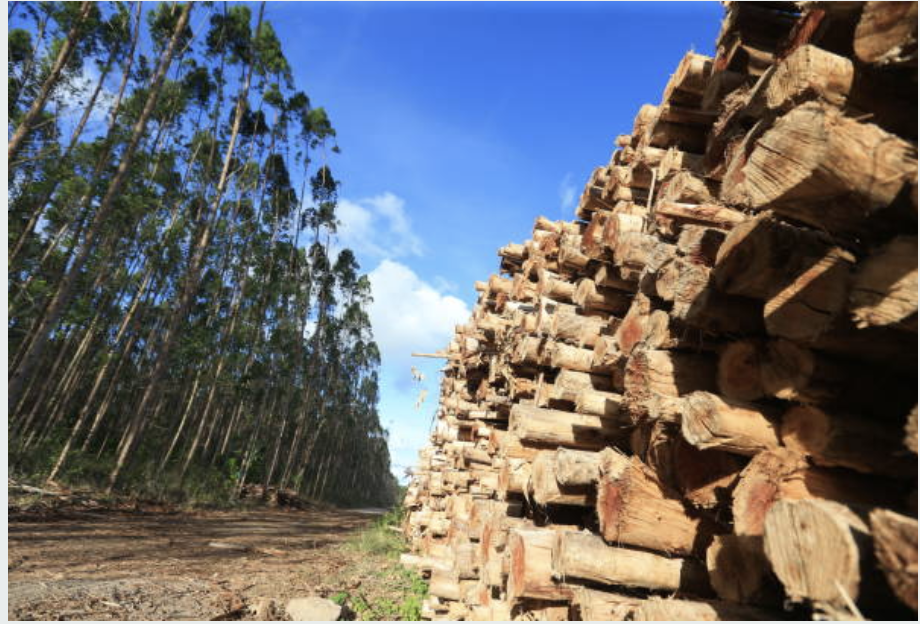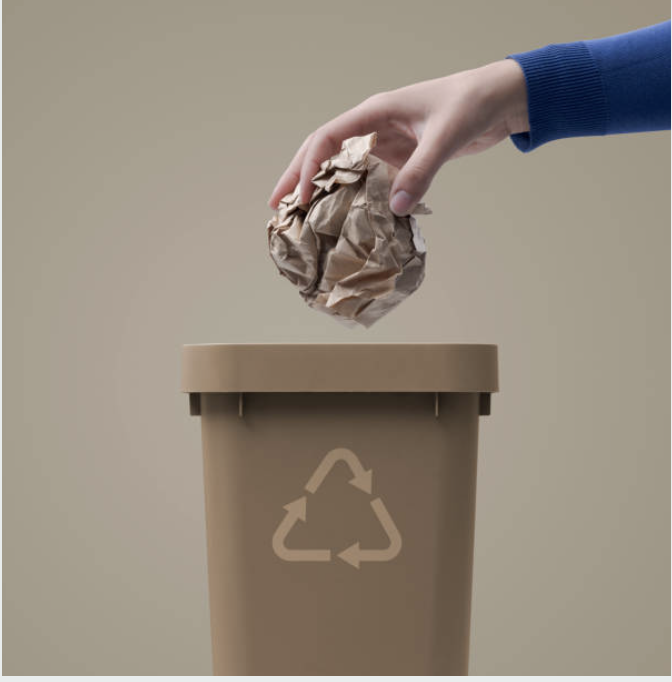Paper is a fixture of our modern lives, but at what cost? Read on to discover why paper use is about more than deforestation and what you can do to reduce your paper use.
Did you know that preventing the creation of just one ton of typical office paper can save approximately 24 mature trees? Paper use is one of the major factors contributing to climate change and environmental degradation today; and as paper becomes a cheaper and cheaper commodity, its rapid use only rises.
Today, pulp wood harvesting threatens some of the last remaining natural forests, as well as the wildlife and communities that depend on them. Already, half the glorious forests that once covered the earth are now gone. Every year another 13 million hectares disappear.
In the Amazon, an entire two percent is lost annually, and its ecosystem along with it. This isn’t just an aesthetic problem. The ecosystems that forests and jungle provide are vital to our health and the health of the planet.
When forests are thriving, they help manage carbon emissions and improve air quality, provide protection against floods and landslides, and harbor within them a rich biodiverse community of plants, animals and insects.
As the forests shrink, so does all of this.
The more that humans poke and prod at the forest, the more vulnerable it becomes to things like wildfire and flooding – two natural disasters that can severely impact the communities within and around them.


Easy Ways to Reduce Paper Waste

I said earlier that saving one ton of typical office paper can protect approximately 24 mature trees. It can also save 682.5 gallons of oil, 7,000 gallons of water (paper is the largest industrial user of water per pound of finished product), and 3.3 cubic yards of landfill space.
Meeting the need of that exact same ton of paper through paper recycling only requires 60% of the energy that would have been used to create it from virgin wood pulp. That remaining 40% amounts to 3,000-4,000 kilowatt hours – enough energy to heat the average American home for 6 months. That blows me away!
So with that in mind, here’s are a number of ways that you can reduce your paper consumption in all areas of your life: at home, at school, in the office, and on the go.

Reducing Paper Use At Home
- Don’t use paper towels. Use reusable, washable towels instead (read about how to start your paperless kitchen)!
- Store important documents online in the Cloud.
- Recycle like you mean it.
- Save brown paper shreds for your compost.
- Refuse junk mail.
- Don’t use a coffee maker that requires paper filters. Try a French Press instead.
Reduce Paper Use At School
- Use a lunch box or reusable bag, rather than the traditional brown paper sack.
- Pack sandwiches in reusable containers, not paper or plastic.
- Encourage kids to take only what they need to prevent throwaways.
- Save paper scraps for craft projects at home.
- Create a paper reuse center where kids can put paper that has only been used on one side. Reuse for calculations or drafts!
- Allow and encourage children to submit assignments via email.
- Use a projector or blackboard to reduce the amount of photocopied information shared in class.
- Buy durable classroom materials that include recycled content, or that can be recycled later.
Reduce Paper Use In the Office
- Go digital. Use email to exchange documents and memos instead of printing or faxing.
- Adjust document formatting to fit more text on a single sheet.
- When sharing reports, print two pages on a standard sheet and print on both sides of the paper.
- Don’t worry about storing hard copy files. Use electronic data storage instead!
- Eliminate duplications on paper mailing lists or get off junk mail lists all together.
- Use recycled, chlorine-free paper products. And try soy or other agri-based inks for printing.
- Route messages and publications. Rather than distributing individual printed messages for the entire staff, make one copy and attach a routing sheet.
- Recycle all used paper and paper products, including cardboard packaging and boxing.
Reduce Paper Use On the Go
- Say no to paper napkins in restaurants and cafes.
- Don’t pick up a newspaper, but browse online.
- Bring your own reusable travel mug to coffee shops.
- Use a digital app rather than a paper planner for scheduling purposes.
- Read from a Kindle.
- Keep a Zero Waste to-go kit on your person or in your vehicle.
Which of these tips for reducing paper waste sticks out to you? Do you think you will make a change?

